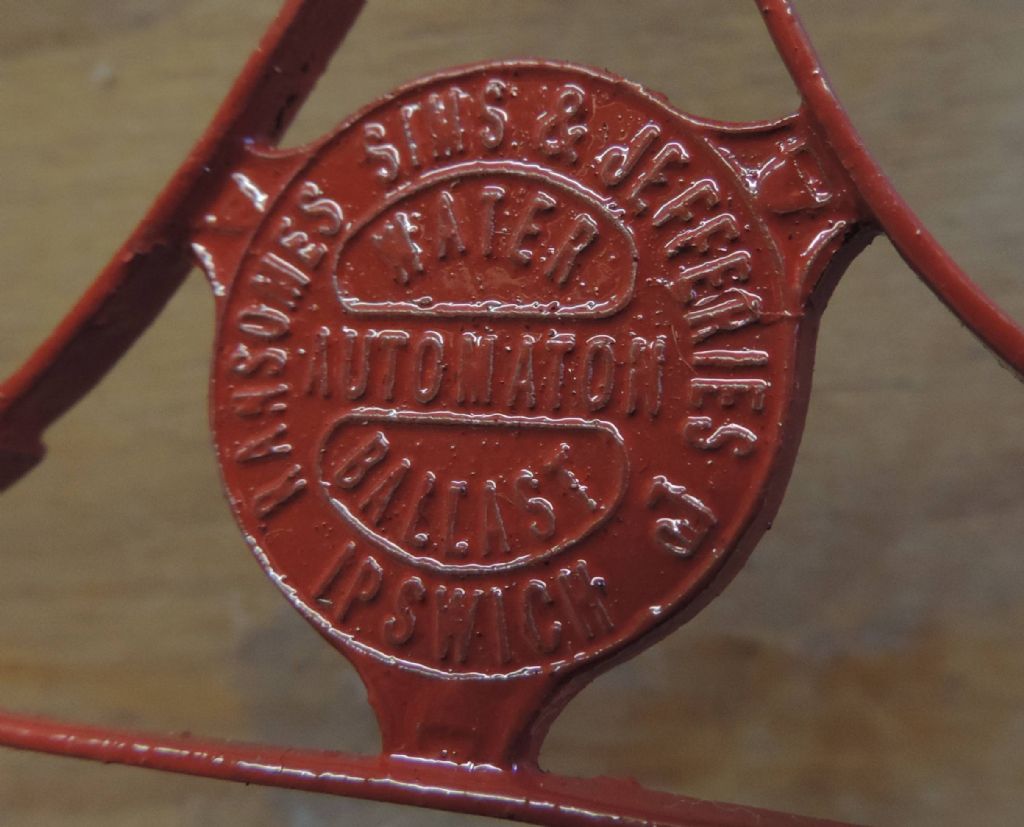Spray Resist.
Spray Resist.
- This topic has 9 replies, 8 voices, and was last updated 8 March 2015 at 12:55 by
 Neil Wyatt.
Neil Wyatt.
Viewing 10 posts - 1 through 10 (of 10 total)
Viewing 10 posts - 1 through 10 (of 10 total)
- Please log in to reply to this topic. Registering is free and easy using the links on the menu at the top of this page.
Latest Replies
Viewing 25 topics - 1 through 25 (of 25 total)
-
- Topic
- Voices
- Last Post
Viewing 25 topics - 1 through 25 (of 25 total)








